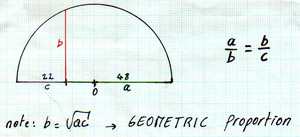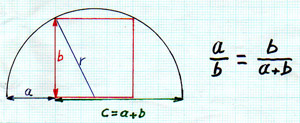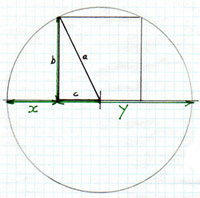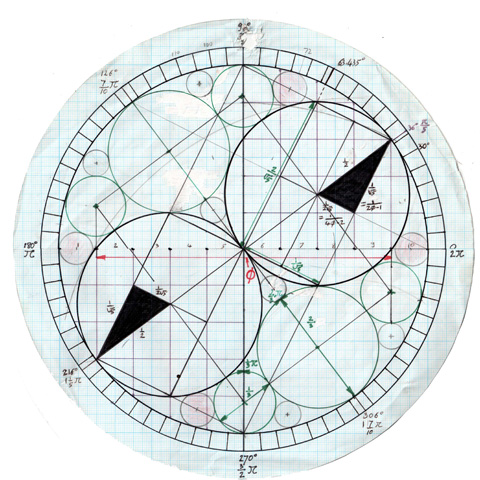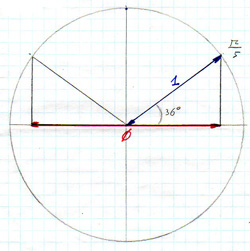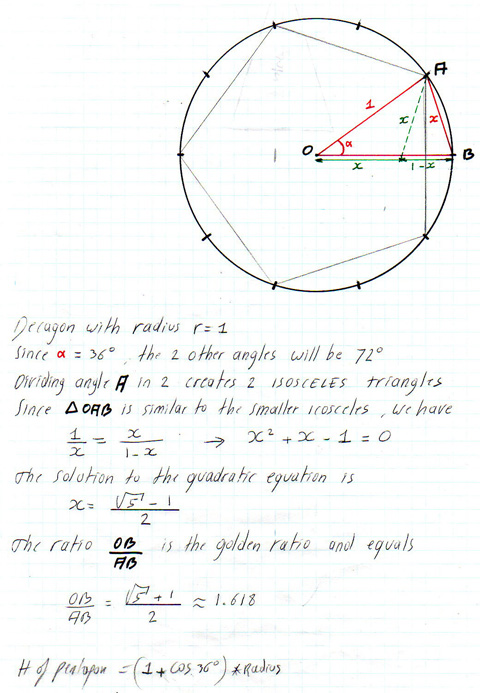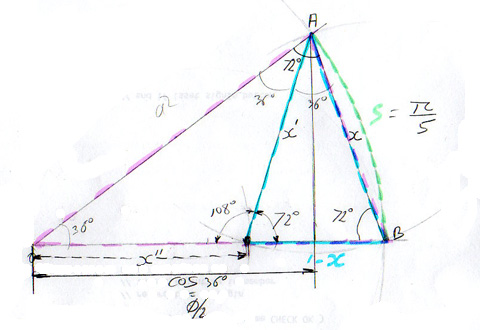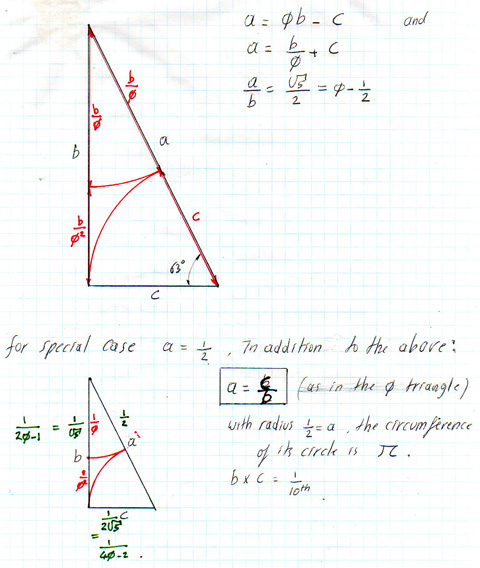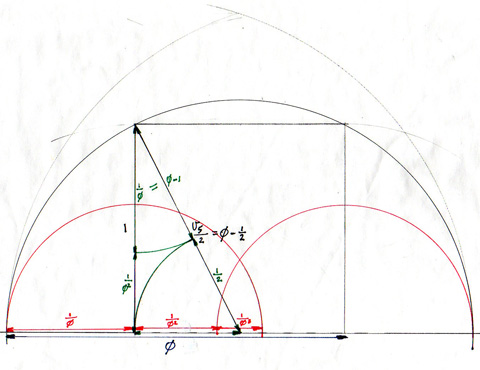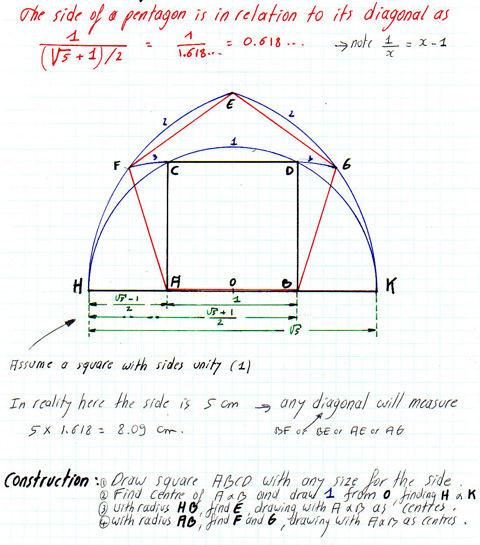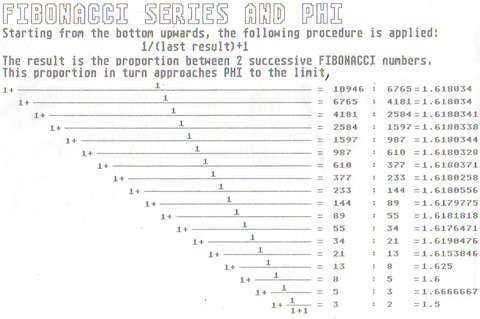The whole of the Fibonacci series is built on itself. A sequence like 1,
2, 3, 4, 5, ... always needs 1 to increment its last attained number. This
1 is like an outsider that constantly needs to be fetched.
Another example is a series like 3, 6, 12, 24, 48, ... This series always
needs the constant 2 to multiply the last number attained.
However, 0, 1, 1, 2, 3, 5, 8, 13, ... (the Fibonacci series) simply takes
the former two numbers and adds them.
An imaginary robot walking along the series only needs to know how to add
numbers. It does not need to store any outside information, like the number
1 or 2 in the first two series. Nor does it need to jump from here to there.
It actually can grow the series using the least amount of information
necessary.
Taking 2 consecutive numbers in the series and dividing the larger with
the smaller one gives you a number that approaches Φ (1.6180399 ...).
The further you go up the Fibonacci series, the closer this number approaches
Φ. Since it can't be expressed with any one particular ratio, it is
called irrational.
Similar sequences can be made by, say starting with two: 2, 2, 4, 6, 10,
16, ...
These alternative sequences have similar properties and also occur in nature.
But the 0,1 Fibonacci series is the most fundamental one.




